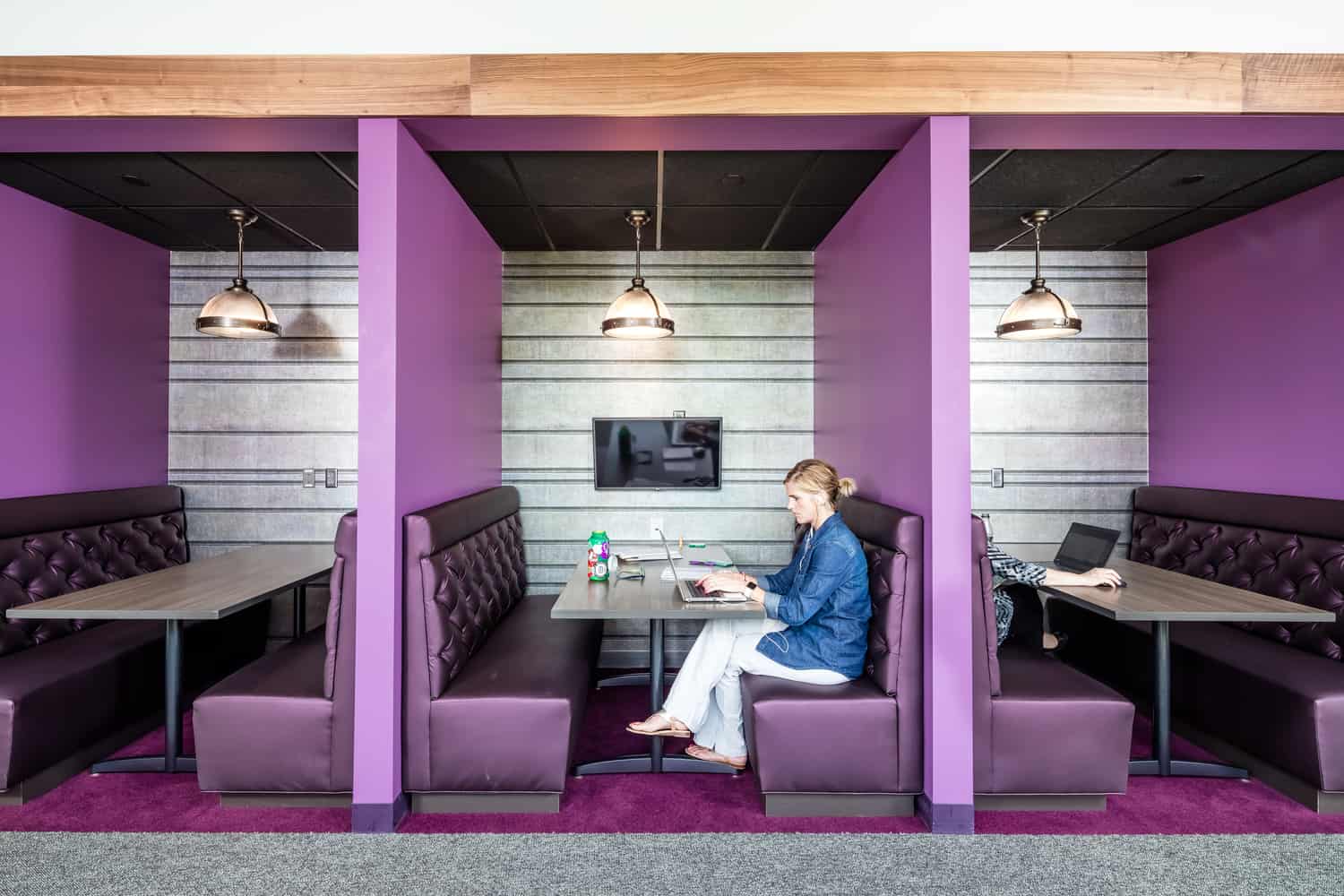Before his second shift starts, a stressed hospital nurse is trying to find a place to mentally prepare for the tasks ahead of him. The only space he can find is a cramped, crowded, poorly-lit breakroom or storage closet. The environment is not conducive to help him catch his breath, relax, think, and recharge. His job, his patients, and his own health and wellbeing are dependent on how he performs his duties, yet he often plunges into work without feeling focused and prepared.
It’s a scene that is all too common in health care facilities today, and one that is not limited to such facilities. As people talk more about how to make buildings healthy, what many people are not talking about is the type of space that supports a person’s wellbeing – the emotional, spiritual, and physical.
The discussion goes far beyond the health care work environment – to our office environments, education facilities, places of worship, and even institutional facilities. Humans spend on average between 80 to 90 percent of our time indoors. Research is showing us that a focus on wellbeing goes far beyond making employees feel good; it directly affects our productivity, job satisfaction, and health.
Our buildings should, and can, do more to support and promote better wellbeing for all occupants.
What does it mean to design for wellbeing?
The heart of this philosophy is about creating environments that are optimized for the wellbeing of the people who use them every day. It means considering everything from the quality of the air, sound, light, and water to incorporating features which promote stress management, physical fitness, and mental and emotional wellbeing. Strategies are focused on designing for biophilia, stress reduction, and beauty into spaces as these have been shown to support health and wellbeing.
Research on wellbeing design
How do we know what makes a difference? With so many variables in the built environment, studying a workspace can be very challenging. Health care leaders like Mayo Clinic, Cleveland Clinic, and Kaiser Permanente have taken a lead and are starting to invest major research on it.
One of the biggest initiatives currently under way is at Mayo Clinic in Rochester, Minn., in partnership with Delos. The WELL Living Lab is custom designed to facilitate research on the impact of indoor environments on human health and wellbeing. The “lab” environment can be configured as a range of space typologies – from office workspaces to apartment style living. The environmental features of the WELL Living Lab can be manipulated and transformed to study individual variables on the study participants (who are actual Mayo Clinic employees for the first study on office environments). For example, WELL Living Lab can adjust the amount, color, rendering quality, and person’s access to lighting. They can also fine tune the air temperature, pressure, and filtration levels and a person’s ability to control temperature.
The findings from this research lab and other research efforts are informing design guidelines such as the WELL Building Standards.
Setting new standards
The introduction of the WELL Building Standards moves us closer to establishing best practices for designing for wellbeing. While the established LEED guidelines and rating system takes on construction and operational sustainability strategies and certification, WELL changes the focus and puts the occupants’ health and wellbeing at the heart of design decisions.
This discussion about design for wellbeing is only getting started. Just as a focus on patient wellbeing has dramatically improved the health care environment for patients, putting a spotlight on employee health, such as reducing stress for nurses, will only improve all work environments – for employee and employer.



